
Hollywood sold the frontier as a land of danger and chaos, where drama unfolded at every turn. That version clings to memory, but it misses the quiet truth that daily life in the Wild West moved more slowly, bound by laws and long stretches of routine. These ten myths highlight the difference between cinematic legend and what played out across the West.
Everyone In The Wild West Was Constantly Firing Guns

Hollywood made gunfights legendary, though most real frontier disputes ended without a single shot. Local laws required weapons to be holstered, and many towns had registration by the 1870s. Fists or knives proved more common. Misfires and clunky loading also made firearms unreliable in real skirmishes.
Saloon Brawls Happened Every Night Without Fail
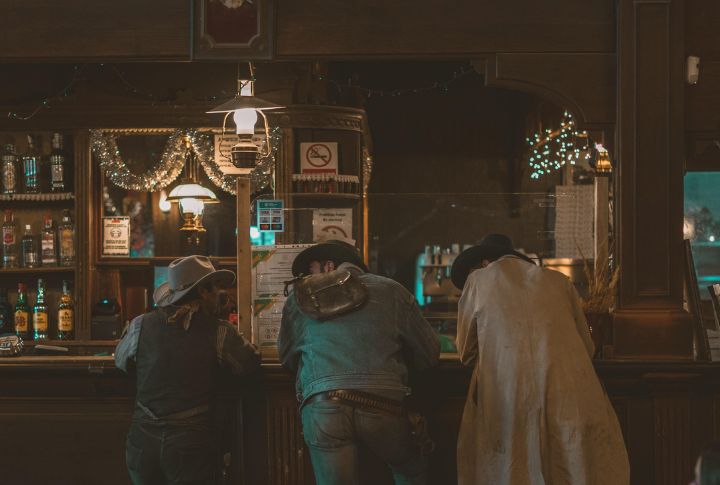
The reputation of saloons as violence-filled dens overshadows their daily reality. Most served as gathering spots for dances and family events. Bartenders maintained order to protect business interests. Arguments flared occasionally, yet full-on brawls were uncommon. More often, card tables stirred drama than the bar floor did.
The Frontier Was An All-White Playground

Contrary to Hollywood’s monochrome myth, the American West was a remarkable cultural mosaic. Chinese laborers built the railroads. Black cowboys mastered cattle drives. Hispanic vaqueros shaped ranching practices. Moreover, European immigrants and Native Americans mingled in towns, markets, and frontier politics.
Western Towns Were Just Mining Or Ranching Camps
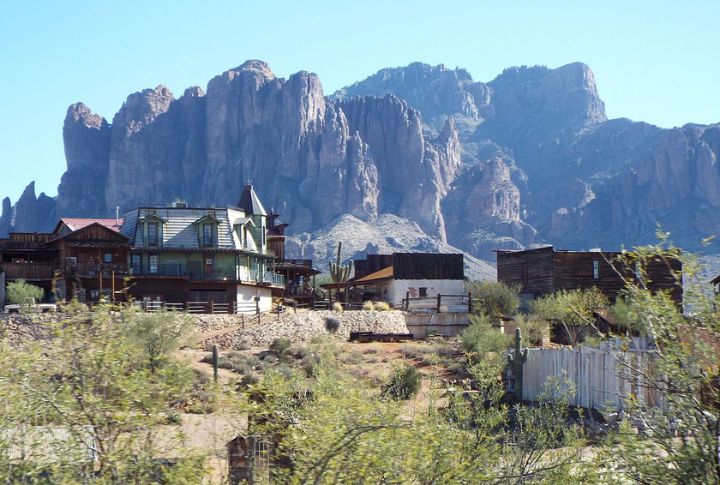
Western towns offered much more than mining or ranching. Streets featured schools, banks, post offices, and even lively local papers that shaped identity. Although some towns disappeared after brief booms, others endured through trade and farming, and in both cases, community life fought to remain rooted and grow.
Native Americans Were All Warring And Unchanging
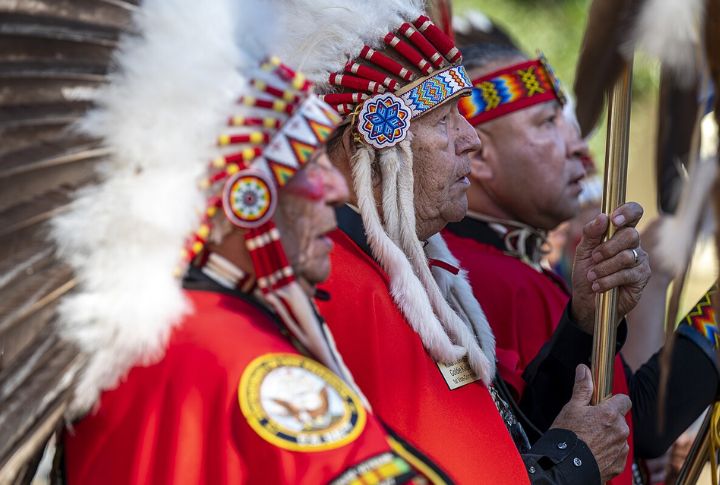
Tribal communities across the frontier established distinct governments and adhered to diverse traditions. Many adopted horses and firearms as powerful tools for survival. Others relied on diplomacy to manage outside threats. Women regularly held respected leadership roles. Yet Hollywood swept it all aside with one tired, misleading frontier tale.
The Railroad Was A Minor Detail In Western Expansion

Railroads reshaped the West with every mile of track. A new route could turn empty land into a busy settlement. As livestock traveled more efficiently, old cattle trails faded. Business moved faster, too. However, this growth mostly stirred conflict over territory and who got left behind.
Vigilantes Were The Only Form Of Justice On The Frontier
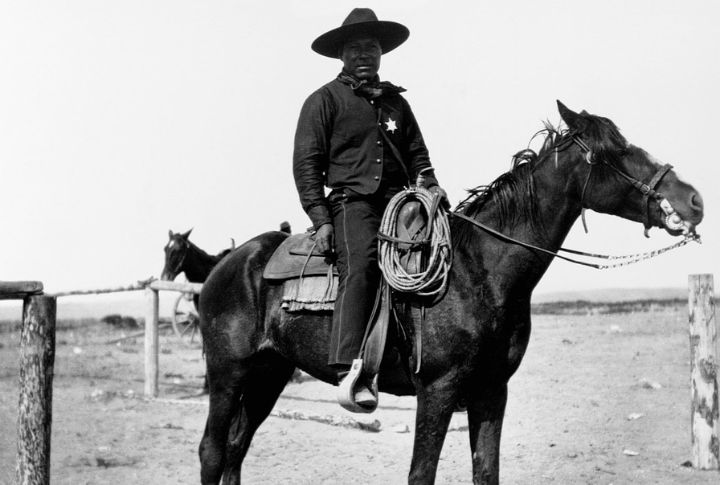
Vigilante stories grabbed headlines, but formal justice kept growing behind the scenes. Many towns had sheriffs and early courts handling local law and order. As some vigilantes filled gaps, their actions sometimes crossed lines. Ironically, a few later held public office in those same towns.
Outlaws Were Pure Criminals Without Complex Backgrounds
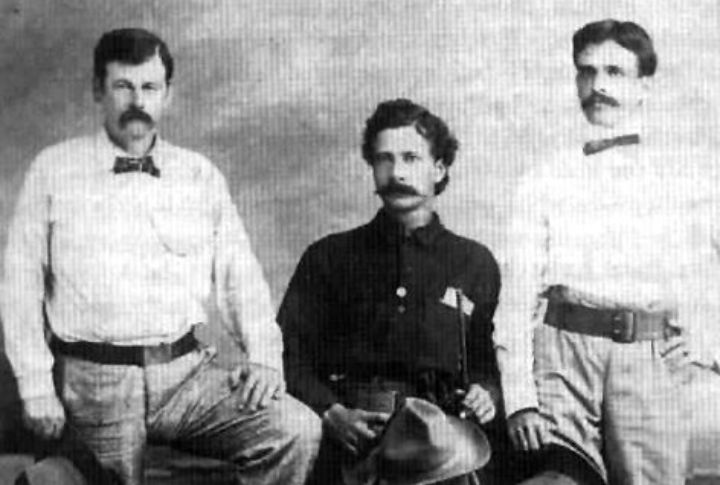
Not all outlaws were heartless criminals on the run. Some were broken veterans or desperate laborers who had been pushed too far. A few women even led or shaped their crews. Although few struck gold, their defiance of power often drew admiration. In hiding, many people faded into invisible routines.
Frontier Towns Were Dirty Places
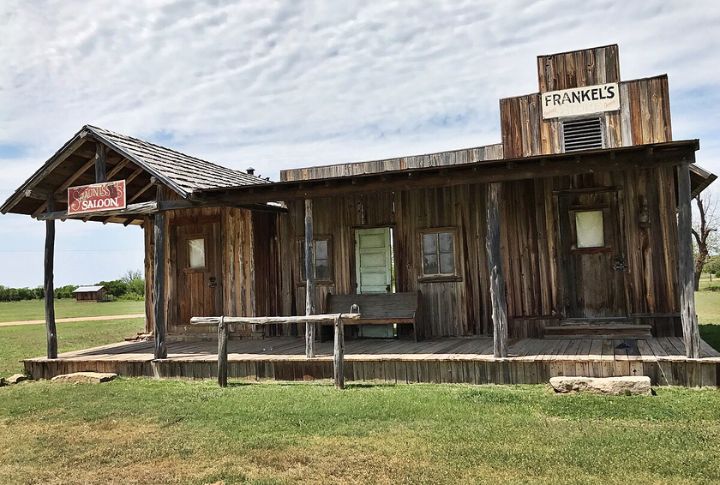
Frontier towns didn’t rely on luck alone. People brought structure to daily life through local ordinances and sanitation efforts. Women’s groups took the lead on cleanliness. When illness crept in, communities mobilized quickly to protect their neighbors and steady their spirits.
Stagecoaches Raced Quickly Across The Frontier
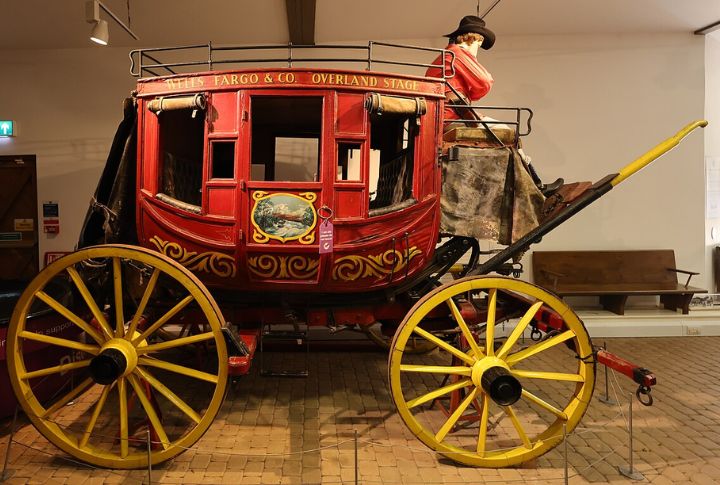
Stagecoaches moved steadily by covering just 5 to 8 miles per hour over tough terrain. Passengers endured bumpy, drawn-out journeys that left them sore and exhausted. Robberies did happen, though not often. Still, drivers were admired for their grit and skill in steering through such difficult cross-country routes.
